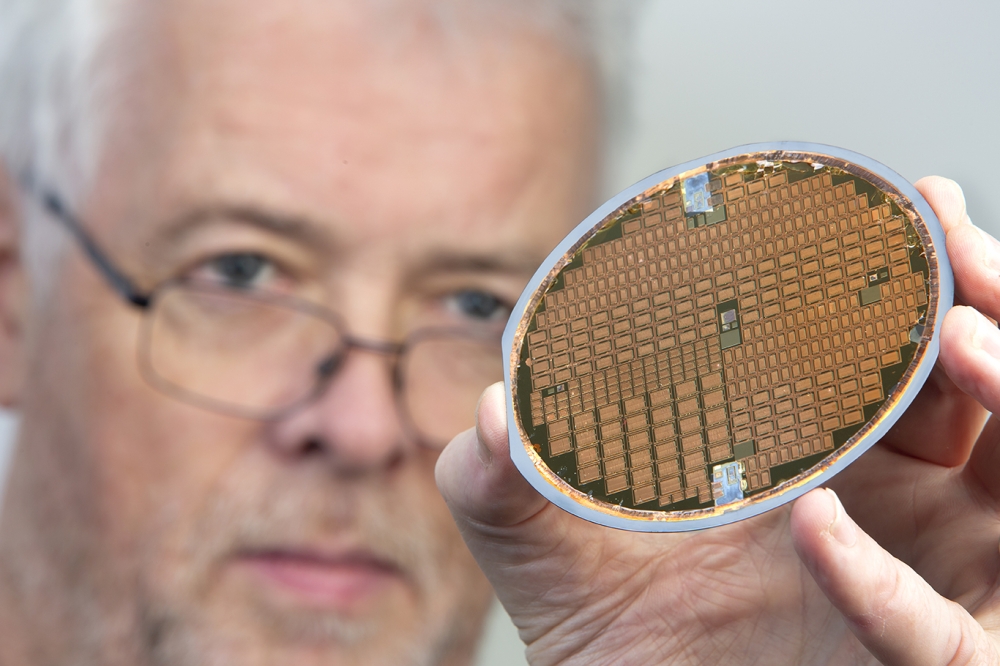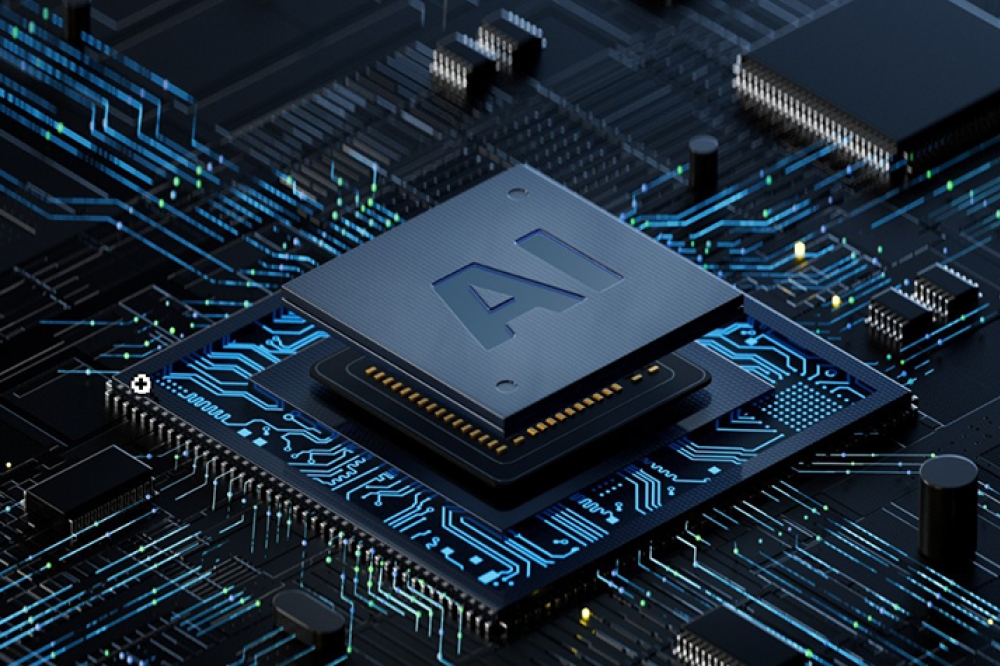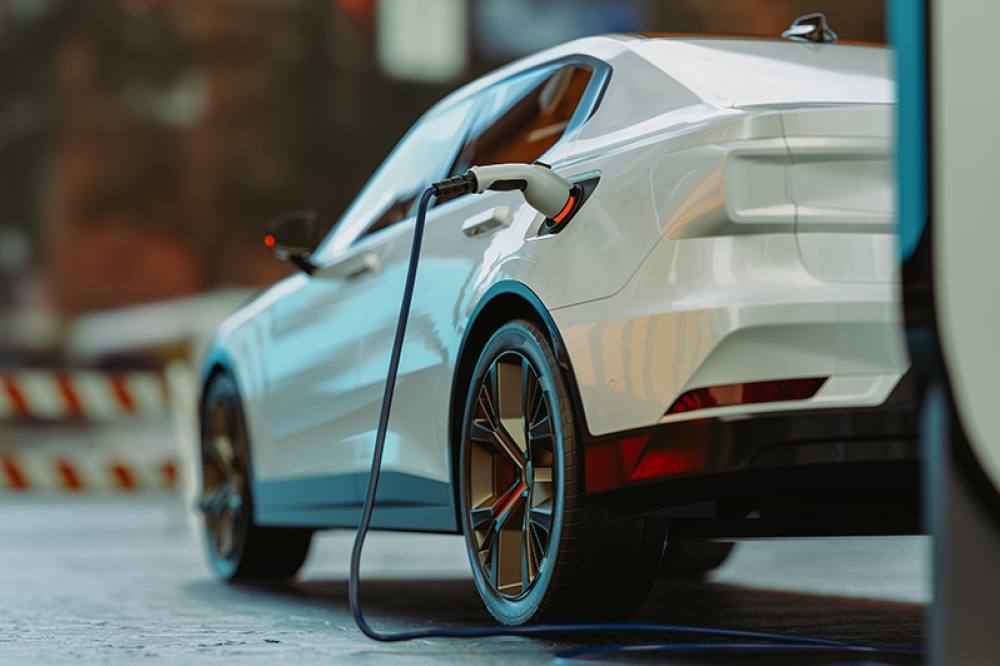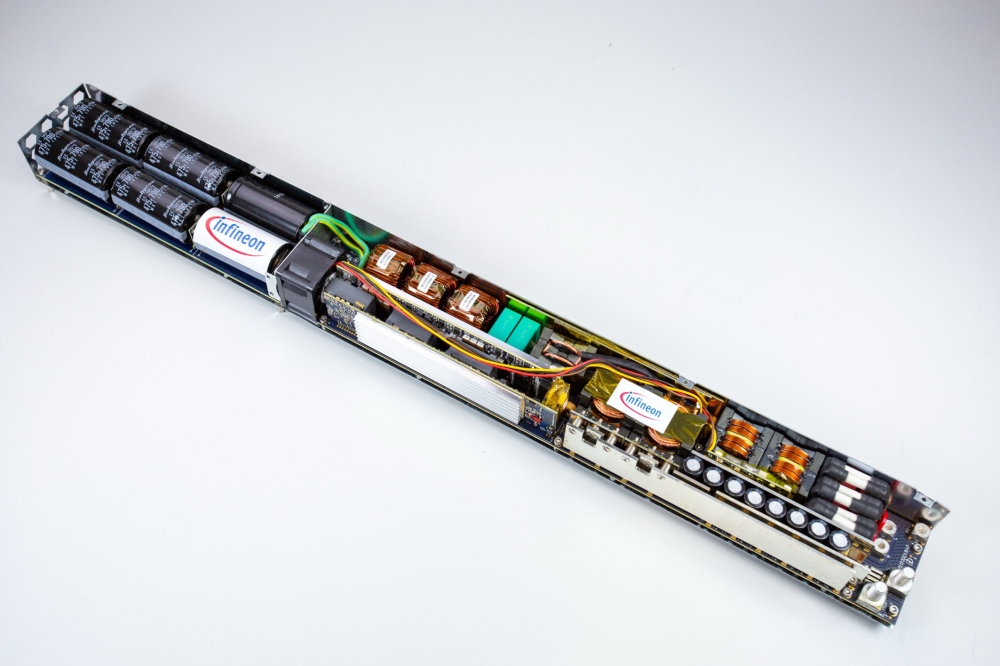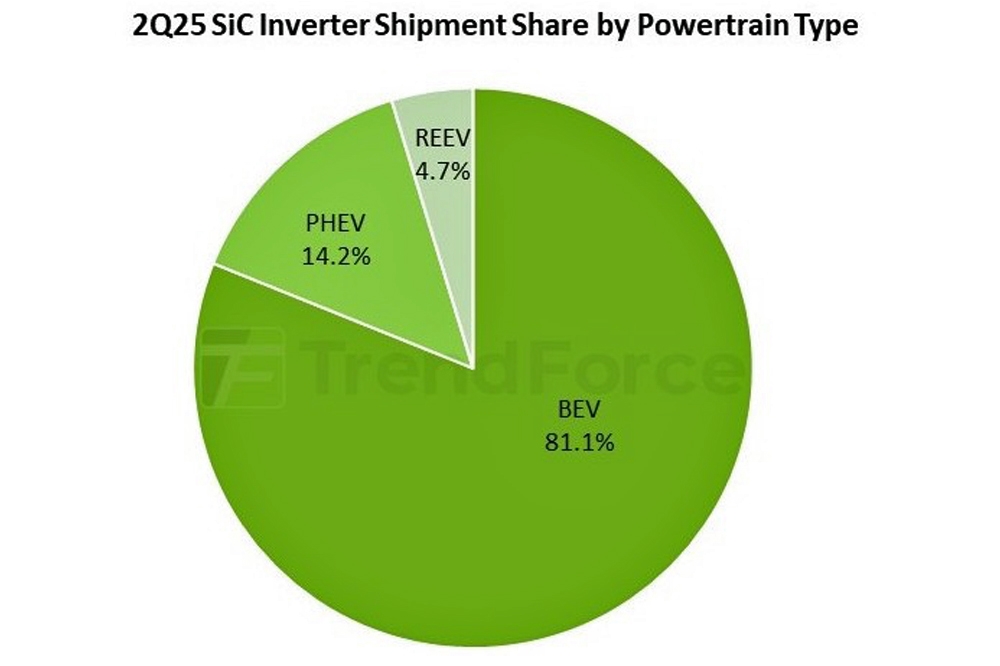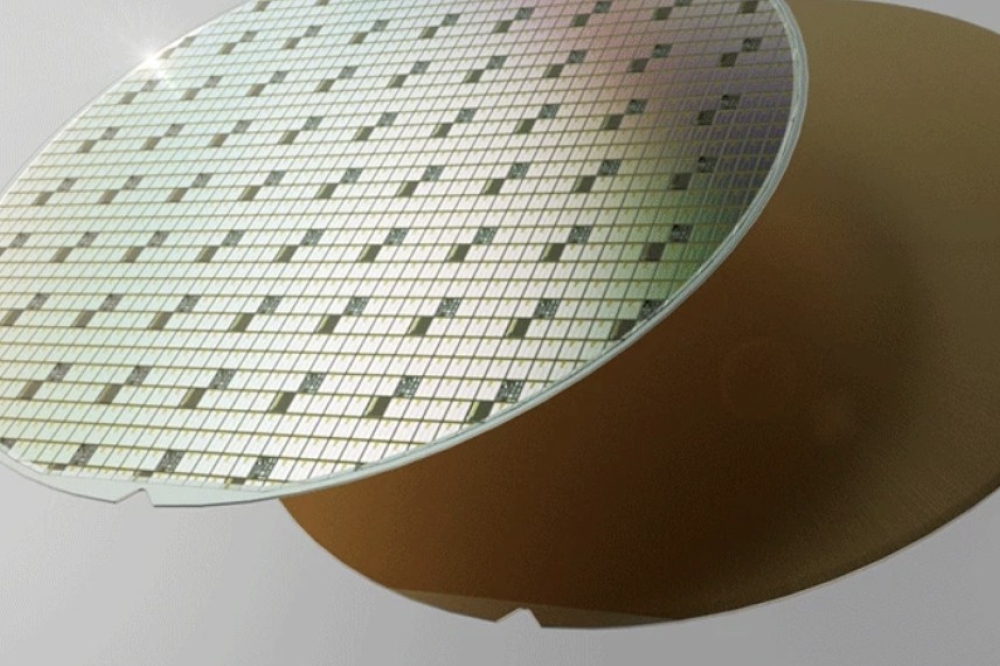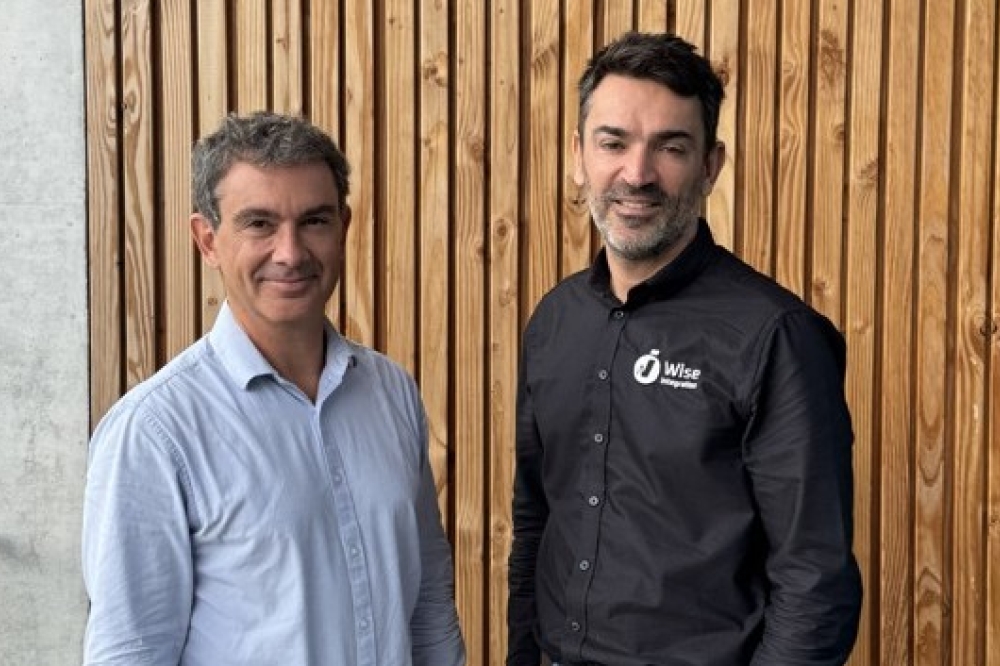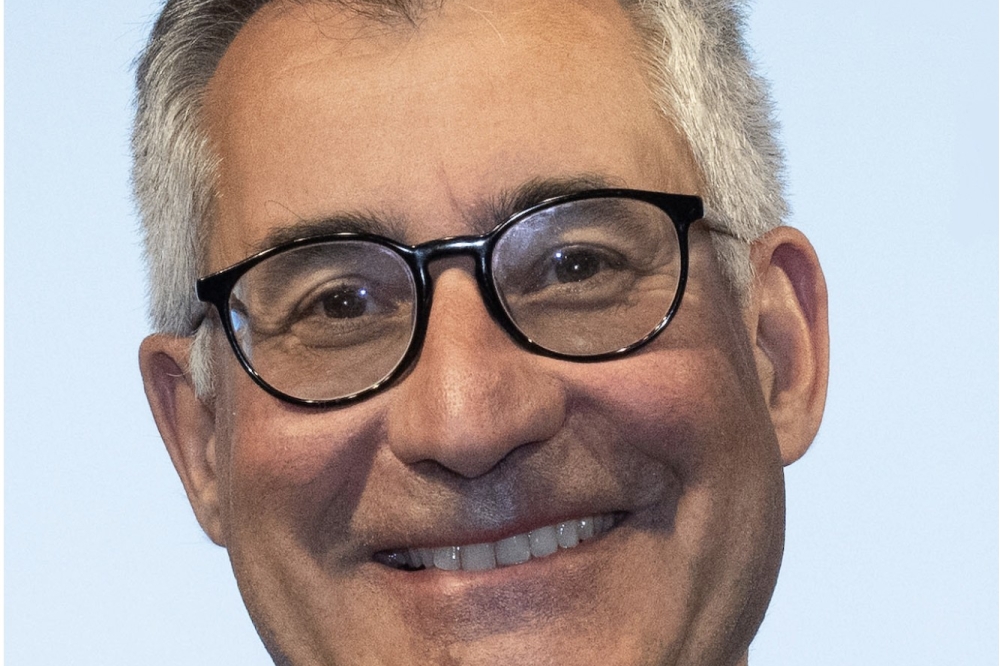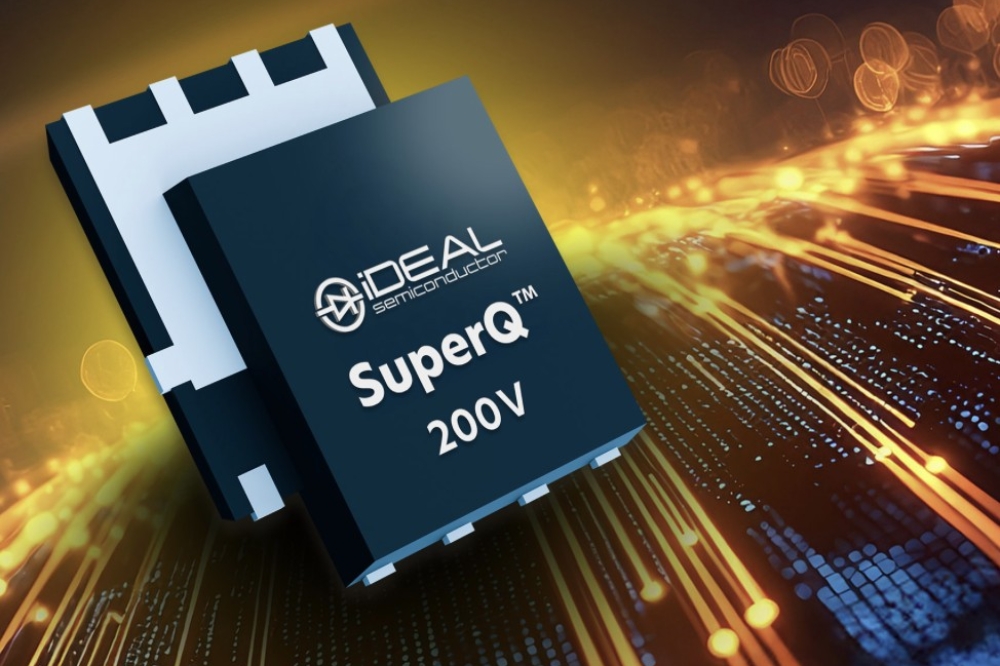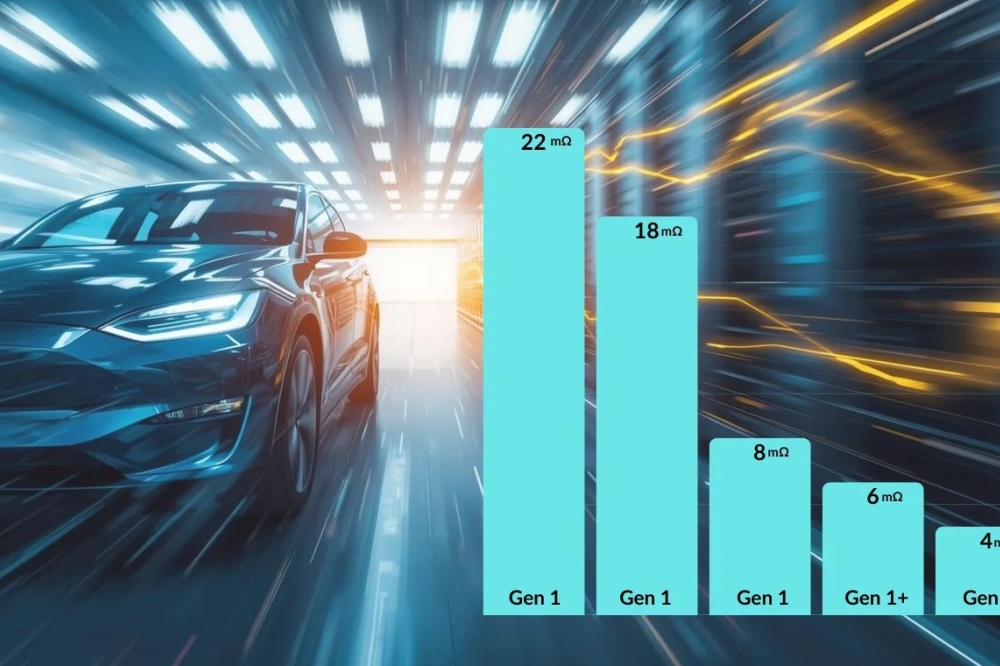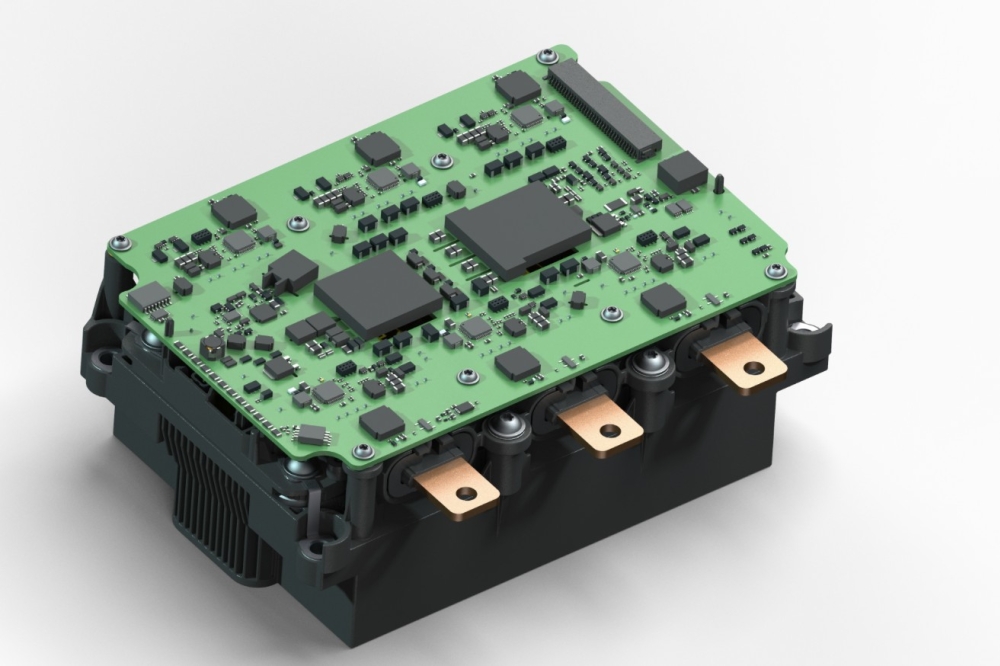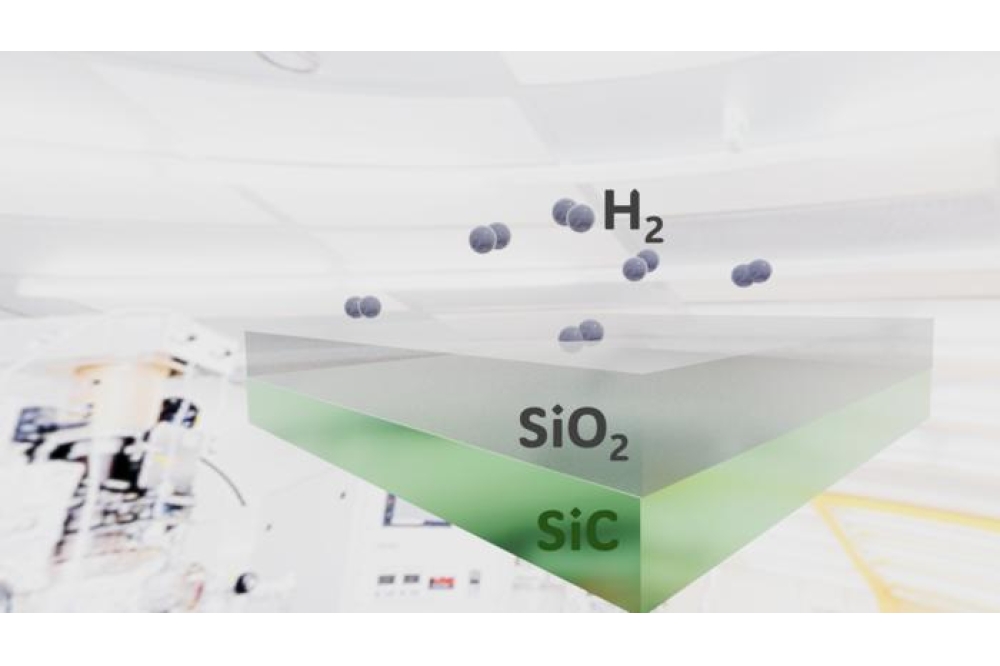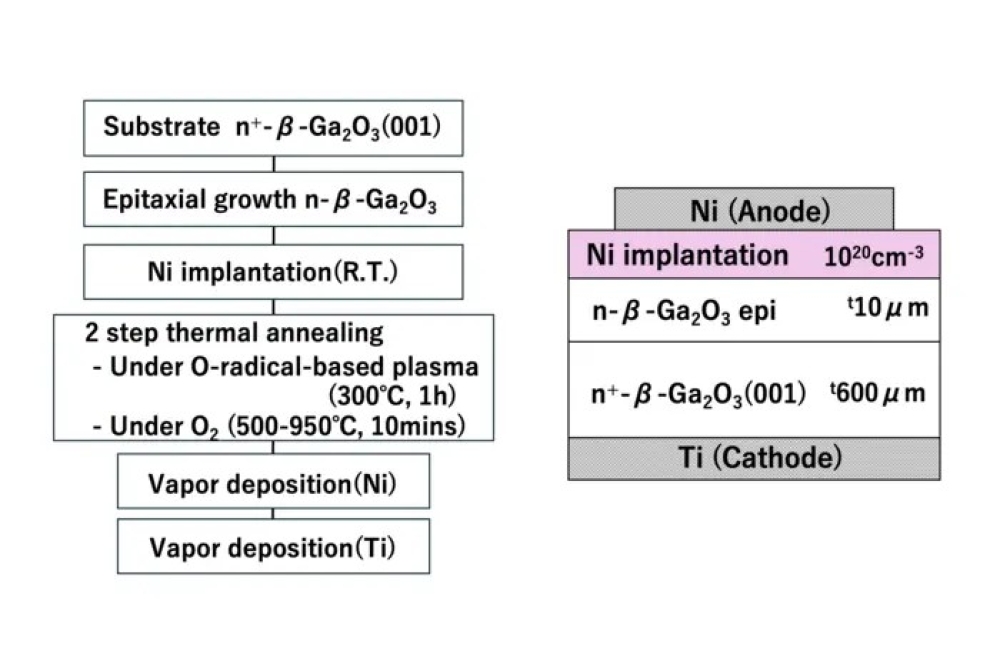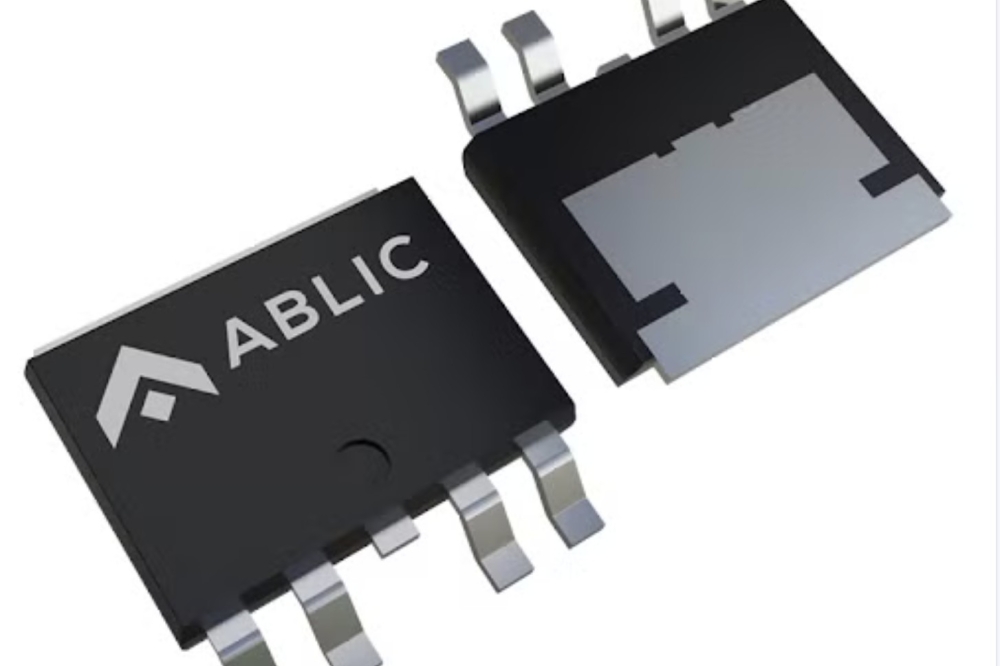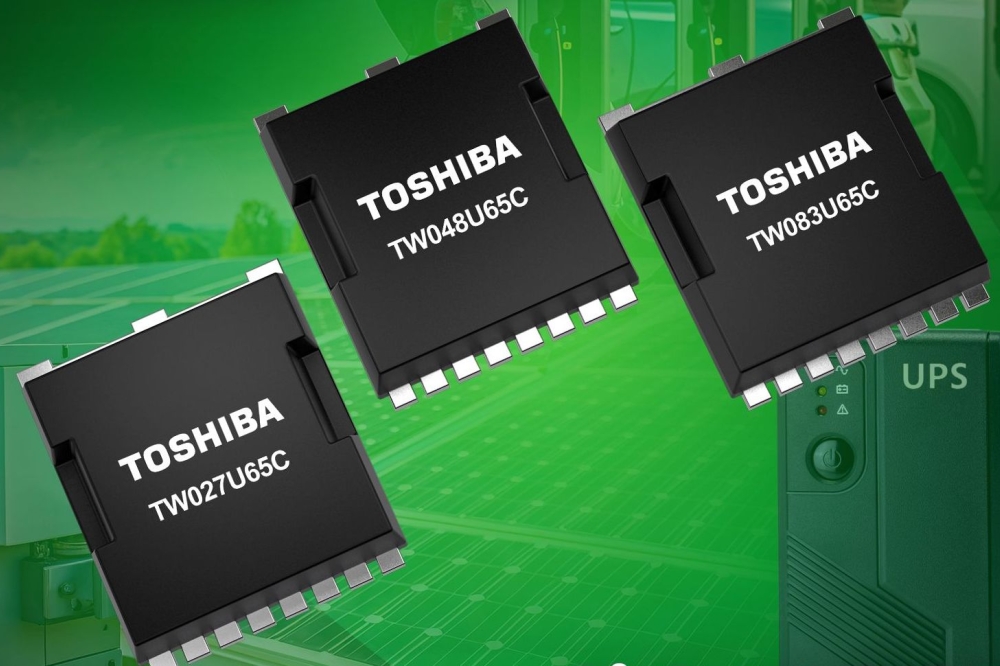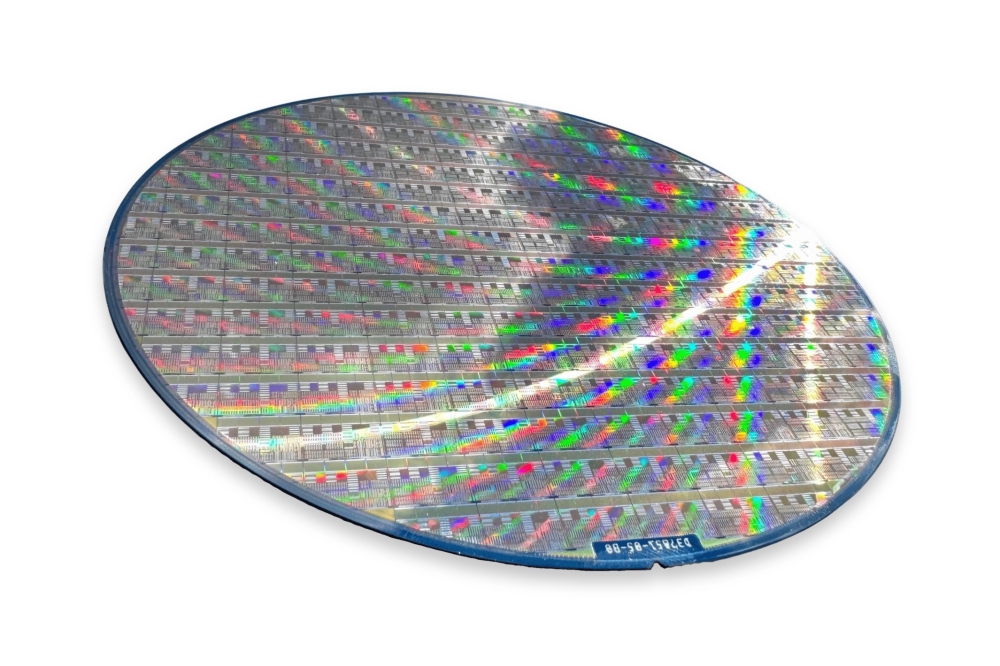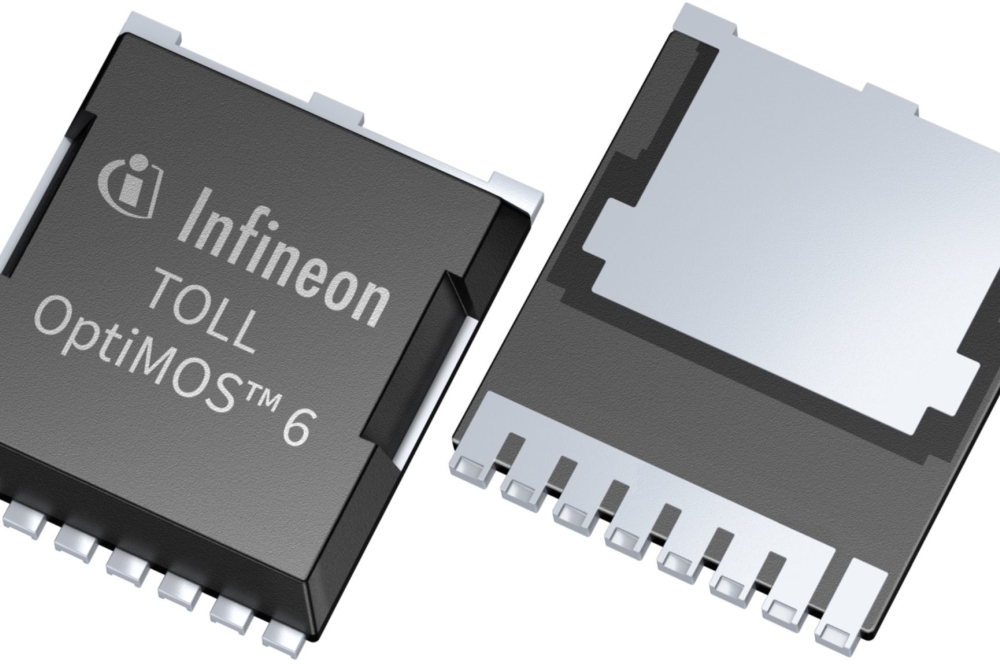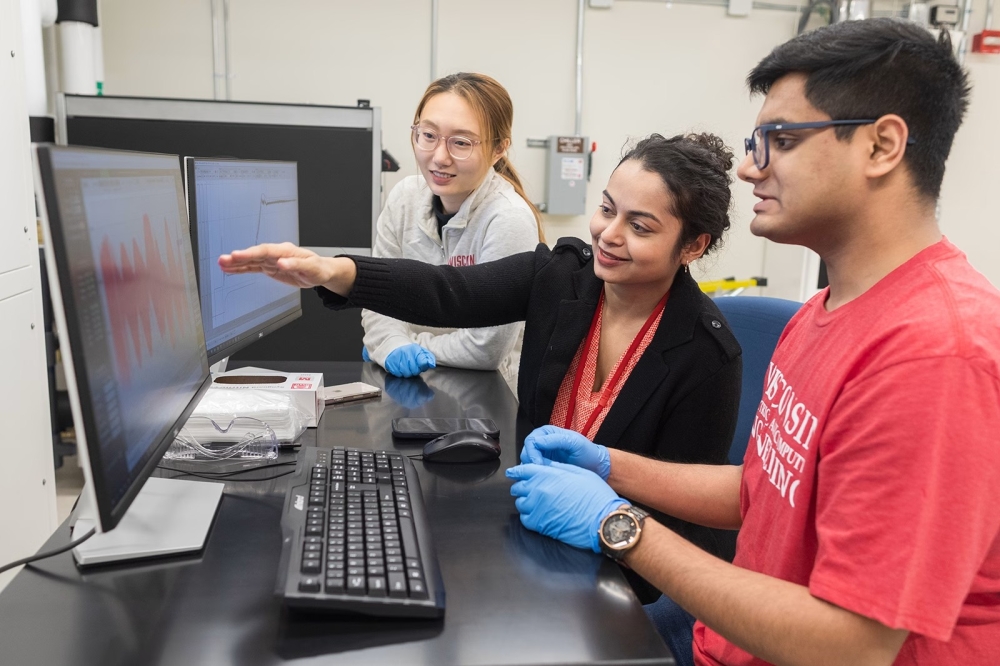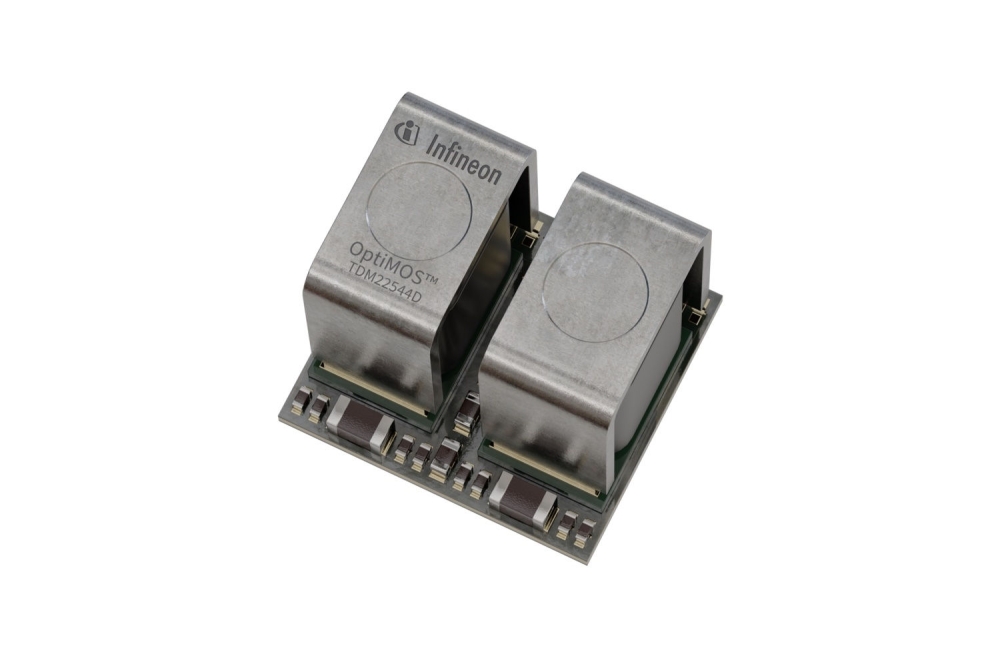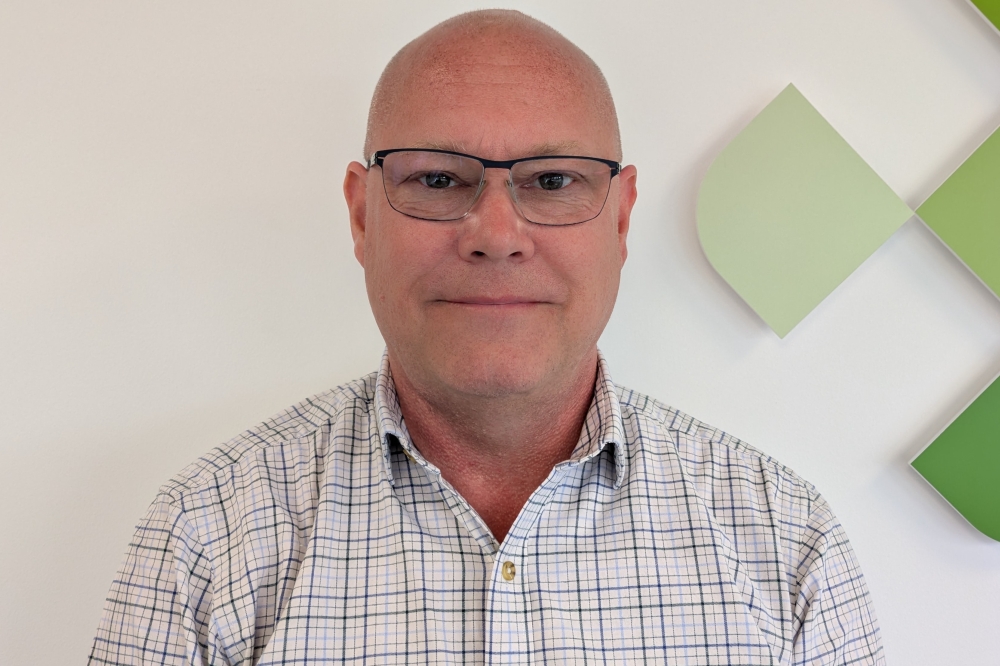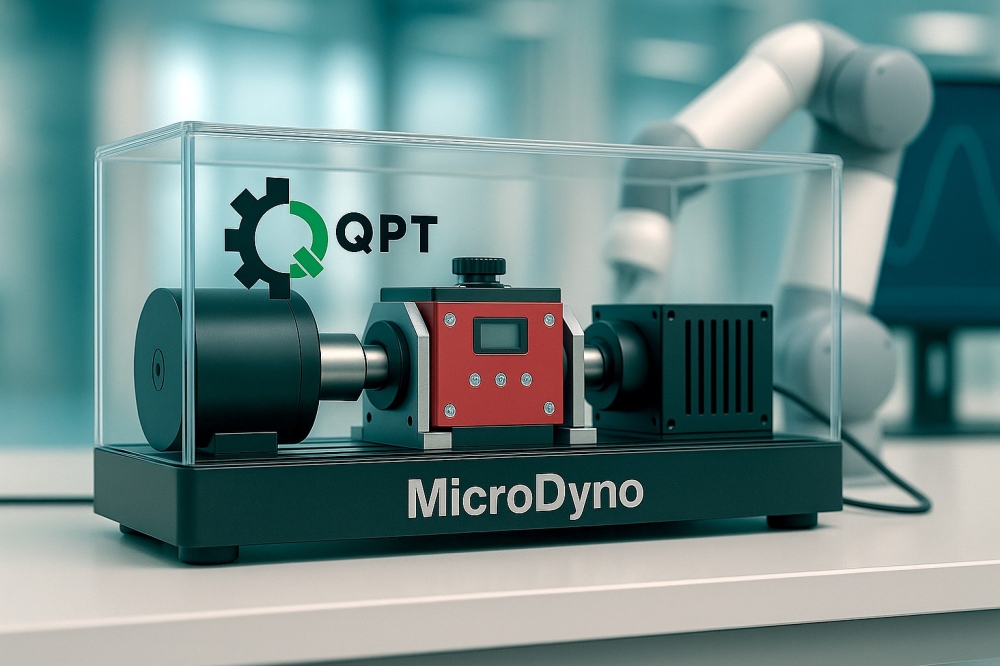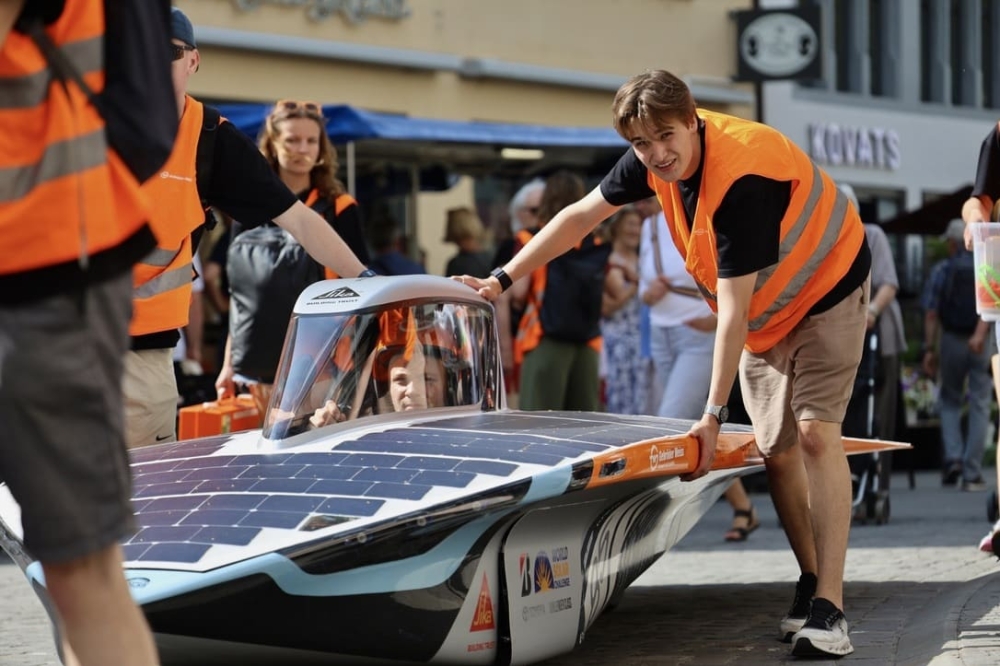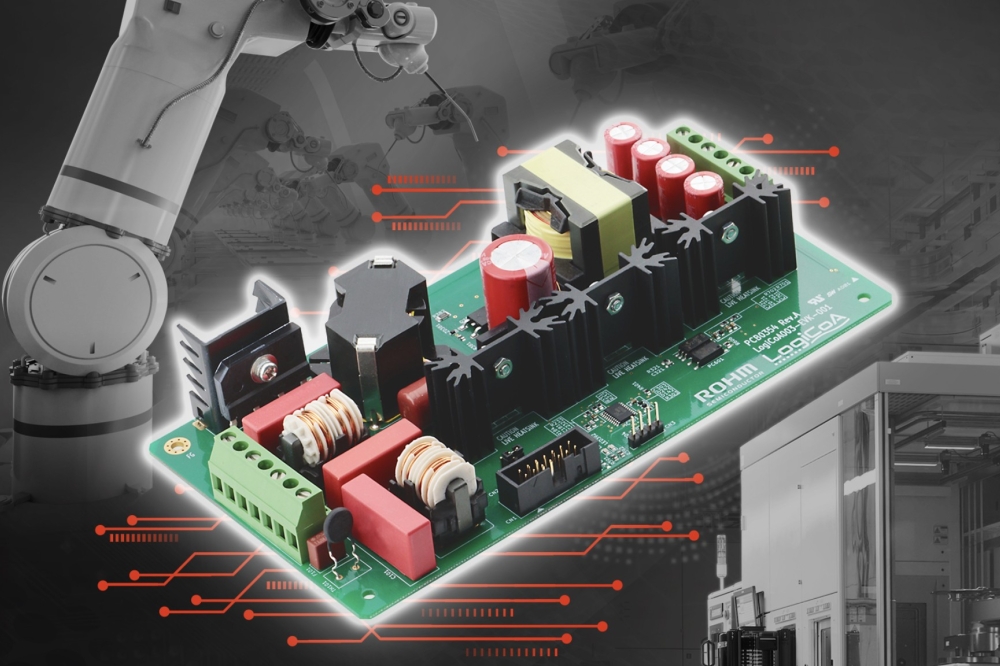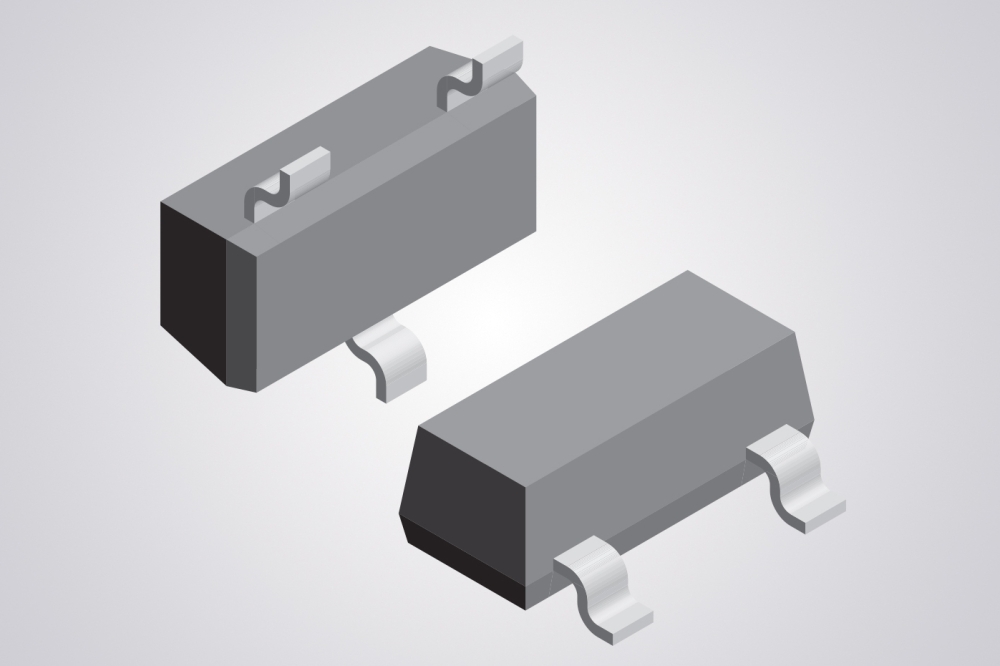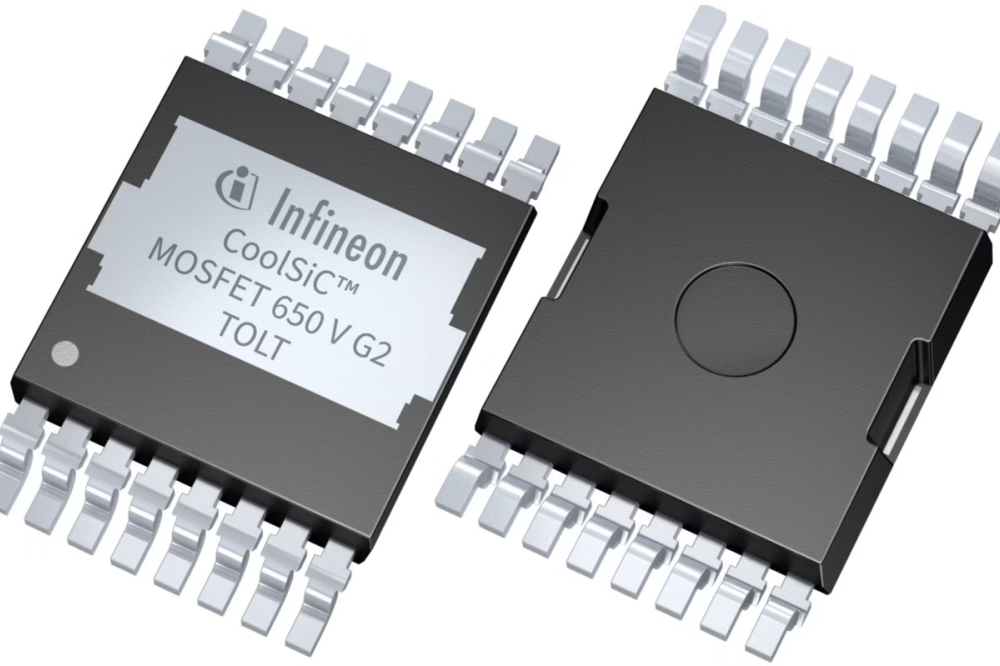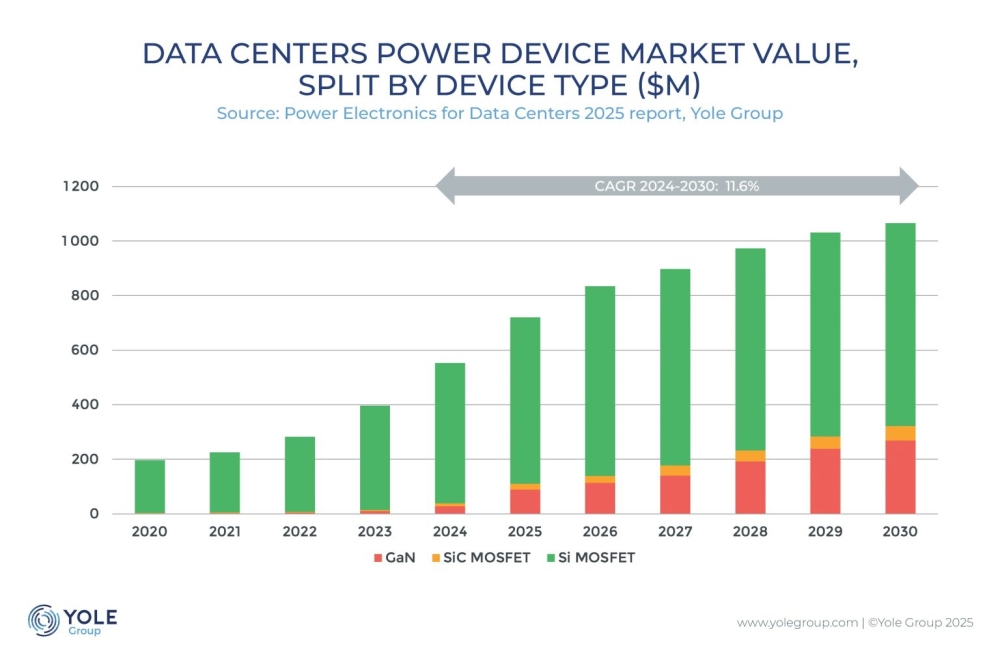
Can an unassuming electrical component help unlock limitless energy?

The global push for clean, sustainable energy is driving efforts to unlock fusion as a transformative power source.
By Peter Matthews, Technical Director, Knowles Precision Devices
Unlike traditional fission, fusion produces nearly limitless energy with minimal long-lived radioactive waste by leveraging abundant fuel sources like hydrogen isotopes. Fusion’s potential to combat climate change, while meeting the growing power demands of artificial intelligence and data centers, positions it as a transformative energy solution. Beyond these energy-intensive sectors, fusion could provide a more stable energy supply for the grid, reducing reliance on intermittent renewables. The pursuit of fusion is also driving innovation in plasma physics and materials science, fostering advancements that extend far beyond power generation.
How fusion (not fission) unlocks net positive energy
Fusion energy is grounded in the fundamental principles of nuclear physics and Albert Einstein’s famous equation, E=mc2, which demonstrates the relationship between mass and energy. Unlike nuclear fission, which splits heavy atomic nuclei, fusion combines light nuclei into a heavier nucleus. This process releases energy because the combined mass of the fused nucleus is less than the total mass of the individual nuclei. The “lost” mass is converted into the energy we’re interested in.
The explanation lies in the nuclear binding energy curve, which shows that light elements, like hydrogen, release a lot of energy when joined, whereas heavier elements, like uranium, release energy when split. Fusion’s ability to yield a net positive energy makes it an attractive candidate for meeting future green energy demands. In 2022, NIF achieved a major breakthrough in fusion energy by reaching fusion ignition, where the experiment produced more energy from fusion than was used to initiate it. This milestone marked a pivotal step in showcasing fusion as a scalable energy source.
Figure 1: A simple series RLC circuit (top left) and the charge, hold, and discharge profile of a capacitor (bottom).
Strategies and challenges in plasma confinement for fusion
Confinement, a fundamental aspect of fusion experiments, involves maintaining precarious high-heat, high-pressure conditions for a naturally unstable state of matter: plasma. Physicists and engineers are tasked with overcoming the Coulomb Barrier, the energy barrier caused by the intense repulsion between two light nuclei when forced together. Physicists and engineers typically achieve this by applying concentrated, sustained pressure and high heat at the center of the fusion ignition chamber.
There are two main approaches to plasma confinement: magnetic and inertial. Magnetic confinement is made possible by strong magnetic fields that hold the hot, dense plasma in place. While effective if maintainable, the natural instability of plasma can cause it to shift or escape the magnetic fields. Inertial confinement requires compressing plasma from all sides, simultaneously. Even slight imperfections in compression can cause uneven heating and cooling. NIF, mentioned above, leveraged inertial confinement in their ignition experiments.
Capacitors in fusion energy experiments
Capacitors are indispensable components in fusion energy experiments, enabling the precise and powerful energy storage and rapid discharge needed to generate high-voltage pulses. Depending on the approach to confinement, these pulses drive pulsed laser beams or magnetic compression systems, which are central to achieving the extreme conditions required for fusion.
One of the ways physicists and engineers create high-energy pulses is with resistance, inductance, capacitance (RLC) circuits, shown in Figure 1. Examples include large capacitor banks like Marx Generators and Pulse Forming Networks. Marx Generators facilitate high voltage stacking to achieve high energy density by charging capacitors in parallel and discharging them in series. Pulse Forming Networks, which pair capacitors with inductors, enable precise control over pulse characteristics like discharge timing and energy levels.
The interplay between the resistance, inductance, and capacitance components determines the pulse rise time, duration, and energy delivery. Damping, influenced by the circuit’s resistance, affects the voltage waveform during discharge, and by extension, the efficiency of energy transfer. By carefully adjusting the values of these components, engineers can shape pulses to meet specific requirements. Advancements in capacitor technology and switching mechanisms are pivotal to further fusion research and scale experiments.
Modern capacitor designs incorporate self-healing characteristics with metallized electrodes, which significantly extends their operational lifetime and enhances reliability. Highly engineered components can withstand over 10,000 charge/discharge cycles with reduced failure rates, making them ideal for these high-stress fusion environments.
High-voltage switches, such as gas-insulated and water-insulated self-break switches, complement capacitor functions. These switches ensure precise and efficient energy delivery during pulsed operations, further optimizing the performance of fusion energy systems.
To make fusion energy commercially viable, optimizing pulse performance is essential. Key areas of focus include improving energy efficiency, minimizing losses during discharge, and ensuring repeatable, consistent performance. Additionally, lowering the cost per joule of stored energy is critical to achieving economic scalability.
For continuous power generation, future fusion systems must achieve higher and more reliable repetition rates, supported by pulse architectures designed to maximize power density and precision. Capacitors are unsung heroes in this effort, serving as the backbone of fusion’s intense energy bursts. The challenge now? Packing even more energy into these components to push fusion technology forward.


